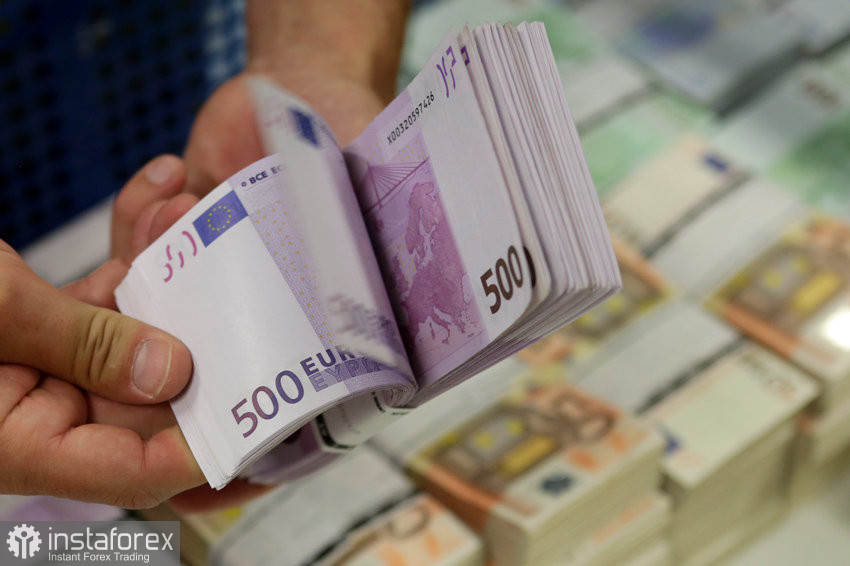Yesterday, the European currency and the British pound were significantly shaken by the news. Economic growth in these regions slowed down in the third quarter compared to the first half of the year. The downturn in the manufacturing sector has accelerated and spread to the services sector.

Data shows that private sector activity in the eurozone declined in August this year. This forced investors to speculate on the issue that the European Central Bank might halt its interest rate hike campaign in the coming month. In August, the services sector stopped supporting the entire economy and followed the downward trend recorded in the industrial sector. This change influenced markets and caused a bond yield drop as well as a decline in the euro, which later managed to recover.
The released figures indicate that production in eurozone countries will decline this quarter. The eurozone PMI dropped to 47 points, below the 50-point mark, suggesting a decrease in activity. Business activity in the services sector also decreased for the first time since late 2022, despite prior expectations of continued growth, which was stable until recently. Against this backdrop, it is not surprising that the euro slumped against the US dollar.
The PMI indices were very weak, highlighting the bleak economic outlook for the eurozone and the UK ahead of September's central bank meetings. The report mentions that overall activity in Germany decreased at the fastest pace since the first pandemic wave in 2020. Alarming figures were recorded not only in the manufacturing sector but also in the services sector. France reported a third consecutive monthly drop in the manufacturing sector, while the rest of the region declined more moderately.
This data suggests that the eurozone's GDP will decrease by 0.2% in the third quarter, compared to a 0.3% rise in the second quarter. It is obvious that a new portion of information and forecasts will bolster the arguments of those advocating for a "pause" in September. If no action is taken now, the economy will continue to deteriorate. Currently, traders estimate only a 40% chance of the ECB raising its rate by a quarter point next month, down from 55% before the data release.
A report by S&P Global also states that there are signs that the labor market, which was resilient against a deteriorating economic situation, is becoming less stable. Hiring almost halted as companies faced a gloomier outlook for the upcoming year. Business confidence decreased mainly due to reduced volumes of unfinished work.
Regarding today's technical picture for EUR/USD, the pair started trading sideways after the euro recouped its losses from yesterday. To regain control, buyers should keep the price above 1.0870. This would pave the way to 1.0910. From there, the price may climb to 1.0950. However, it would be quite difficult without support from major traders. If the pair drops, I expect significant actions from major buyers only around 1.0850. If they fail to be active, it would be wise to wait for a low of 1.0830 or consider long positions from 1.0770.
Meanwhile, the pound sterling continues trading within the channel. The pound sterling will rise only after bulls gain control over 1.2740 and 1.2770. Regaining this range will boost hopes for recovery to 1.2800, after which we can talk about a surge to around 1.2840. If the pair falls, bears will attempt to take control over 1.2700. If they succeed, a breakout of this range will hurt bulls' positions and push GBP/USD to a low of 1.2680, with the potential to drop further to 1.2640.
 English
English 
 Русский
Русский Bahasa Indonesia
Bahasa Indonesia Bahasa Malay
Bahasa Malay ไทย
ไทย Español
Español Deutsch
Deutsch Български
Български Français
Français Tiếng Việt
Tiếng Việt 中文
中文 বাংলা
বাংলা हिन्दी
हिन्दी Čeština
Čeština Українська
Українська Română
Română

